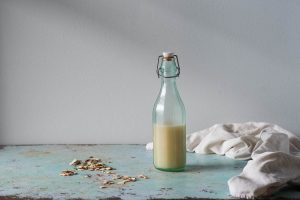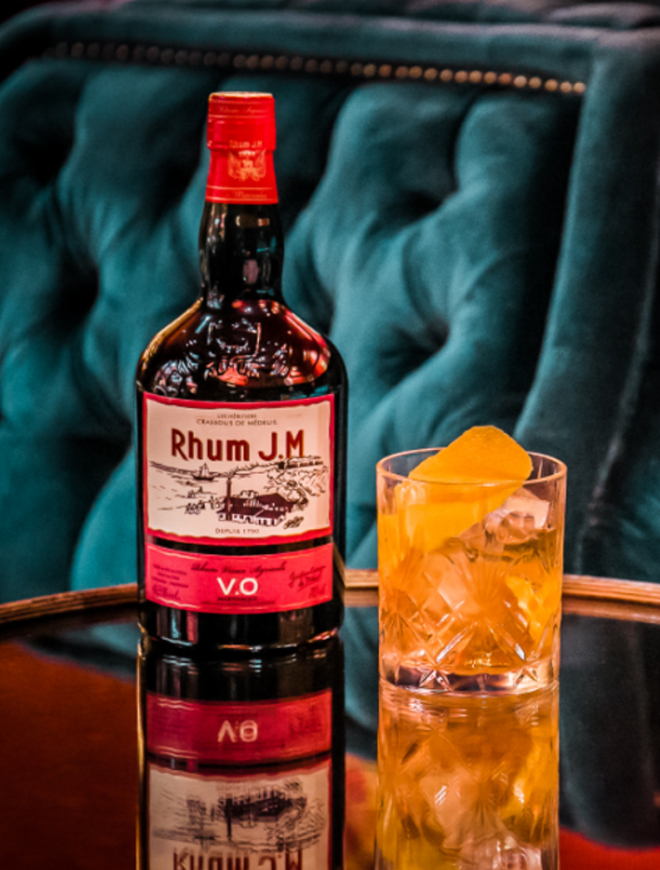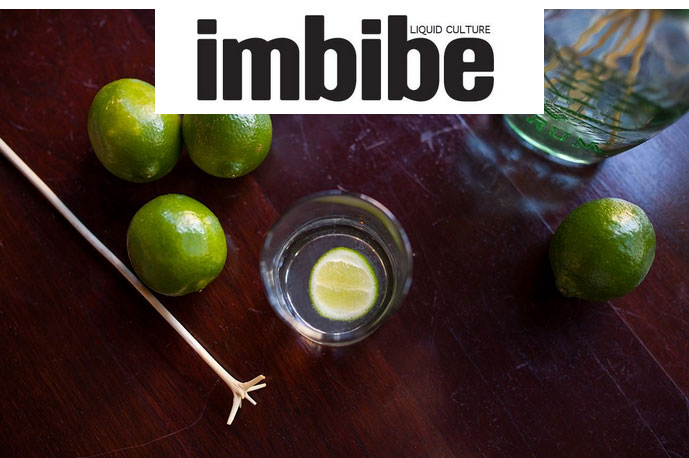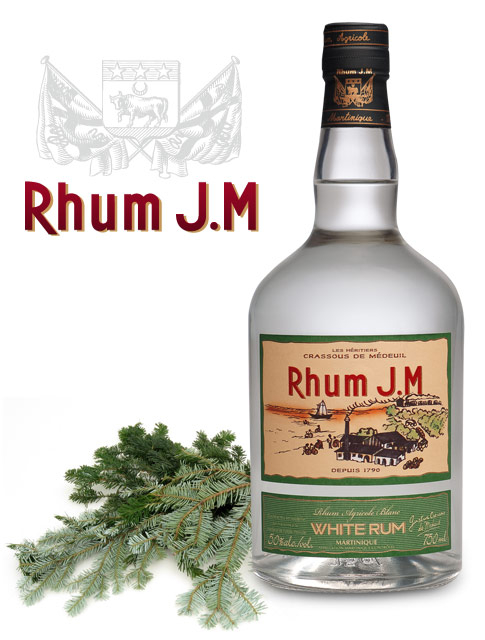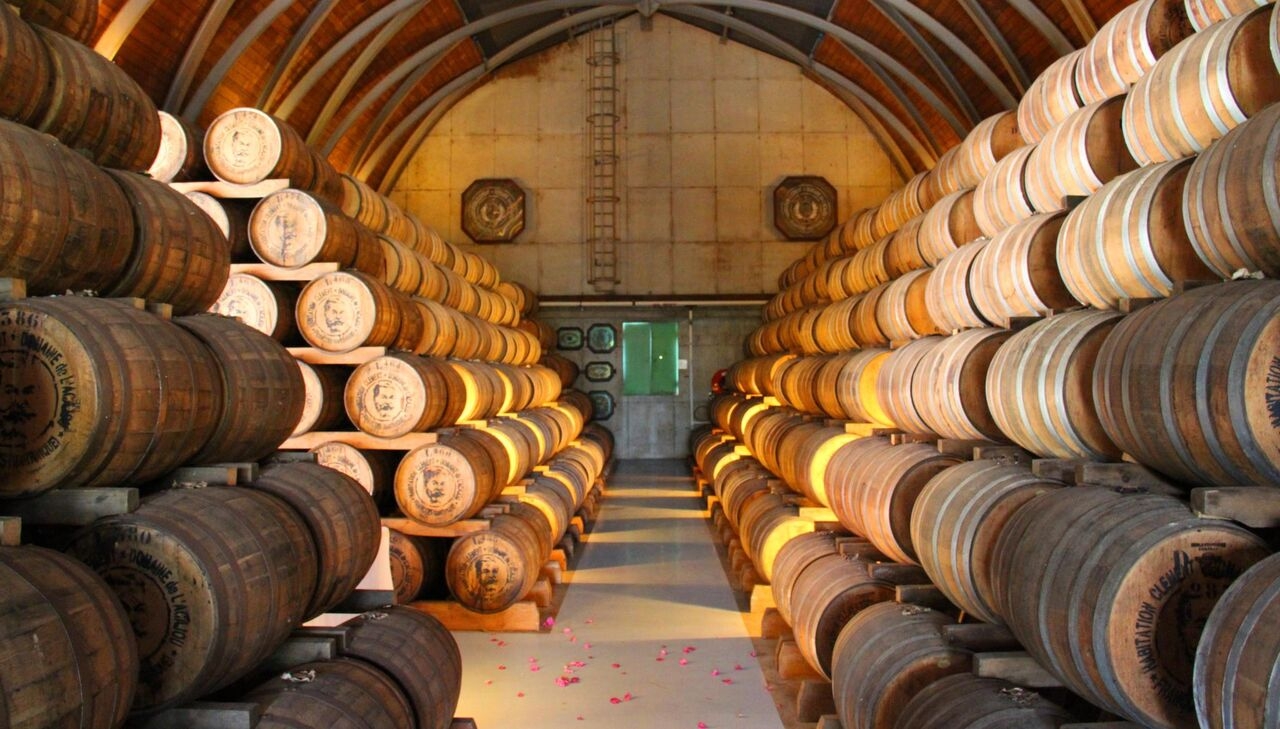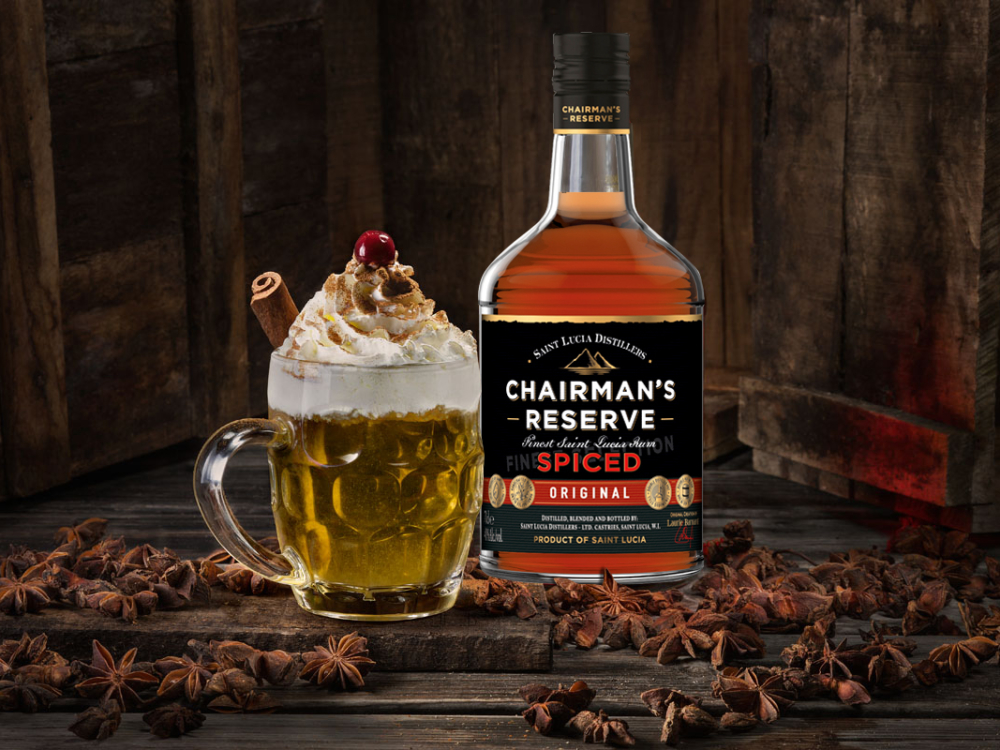
Ask a dozen friends to describe spiced rum, and you’ll likely get a handful of college hangover stories, a few who ask “Captain Morgan?” and some who just stare at you in silence. This is an absolute shame, since these aromatic bottles can be a sip of tropical paradise.
Despite its Pirates of the Caribbean reputation, spiced rum doesn’t have to be caramel-colored swill. When it’s good, there’s a spice-meets-citrus fusion that drives bartenders and spirits enthusiasts wild. With niche spirits in vogue, this aromatic category has expanded to include a little something for everyone, from light, citrus-scented bottlings to rich, candied rums that embody the phrase “liquid dessert.”
Spiced rums were born of the trade patterns of the colonial era, which sent thirsty sailors from Europe to the Caribbean, then on to the Spice Islands before their return. Populated by a mix of nobles, prospectors, and merchants, Caribbean and South American sugar colonies transformed humid rainforests into cane plantantions, and then faced the real problem: refining raw sugar cane into two pounds of “white gold” left nearly one pound of dark, goopy molasses in its wake. Plantation owners needed a fast outlet for molasses, and that wasn’t for gingerbread cookies or fluffy spice cakes. They quickly discovered that dilute molasses was an ideal distillate, and so rum was born.
Spices followed shortly thereafter. Initially, handfuls of spice and fruit—everything from baking spices like cinnamon and nutmeg, to coconuts and citrus, to pepper and even tree bark—were added to barrels bound for Europe or Africa. There were two purposes for this. One was the belief that the citrus additives would help sailors ward off scurvy. But the other reason was, frankly, because not all the rum of the era was of such high distilling quality. The additional spices and fruit hid impurities and flaws in cheap rum. Though from not-so-noble beginnings, people eventually came to love the additional flavors, and so even as the consistent quality of rum improved, the popularity of spiced rums remained.
Ranging in hue from light golden to dark mahogany, spiced rums begin the same way as their clear counterparts. Once distilled in either pot or column stills, the young rum is usually aged in wood barrels, blended, and then flavored with a range of herbs, spices, and fruits. Then, the mixture is often returned to barrels where the flavors infuse before bottling. Unlike other spirits categories with legal restrictions on aging and additives, rums aren’t beholden to tasting panels or regional certifying boards, which gives local distillers fantastic freedom to experiment.
The result is a rum genre with a massive range of flavors, and it’s not all just vanilla and clove. Butter, butterscotch, black pepper, cinnamon, nutmeg, orange peel, lime zest, and bitter anise are all common. In the right doses, the spices added to dark rums to give them their namesake edge and highlight, rather than muddle, the elegant nuances of the base rums underneath.
Some distilleries, like St. Lucia’s Chairman’s Reserve, rely on obscure local plants to add a distinctive edge to their premium rums. Their warm, richly scented offering relies on Bois Bandé, a local Caribbean bark, in addition to lemon, orange, and a smattering of warmly-scented baking spices. The result is a mahogany-hued gem, with a heady bouquet and a smooth, vanilla finish that points to its aging in bourbon barrels.
While many bottles like Chairman’s are delicious on their own, spiced rums belong in cocktails too. Tiki bars have historically relied on these warm, spice-laden rums to balance sweet cocktails, but drinks served in volcano bowls and Easter Island heads aren’t the only place for spiced rum to shine. Swap in classics like Old Fashioneds, amp up a Cuba Libre, or even use as a substitute for brandy or whiskey in a hot toddy, the aromatics give an exotic edge wherever they’re poured.
SPICED RUM & GINGER TODDY
Ingredients:
2 ounces Chairman’s Reserve Spiced Rum
½ ounce ginger liqueur such as King’s Ginger or Domaine de Canton.
3 ounces boiling hot water
Orange peel
Instructions:
Warm a cup or mug with a little boiled water, swirl and discard. Add the spiced rum and the ginger liqueur. Stir in the hot water. Twist the orange peel over the cup to release its oils then drop it in. Drink. Be cured.



